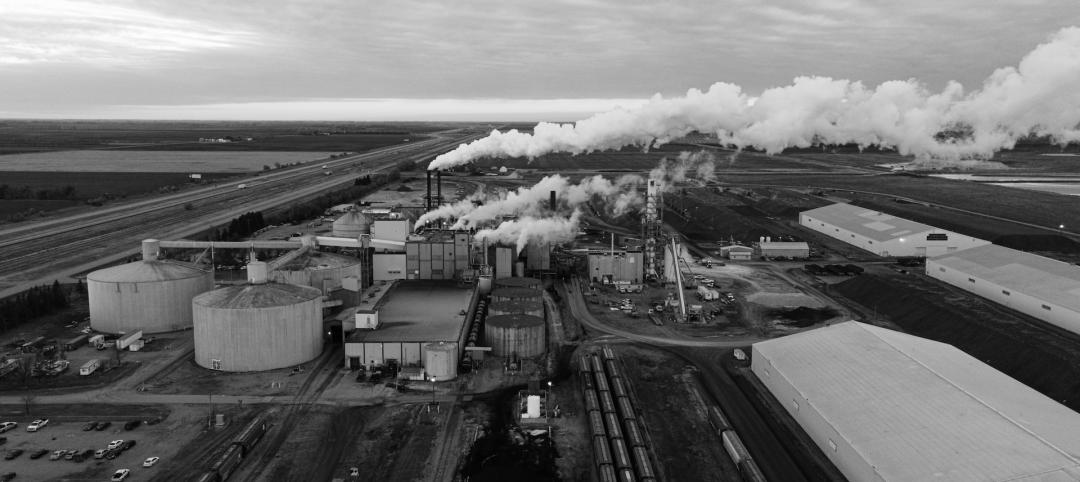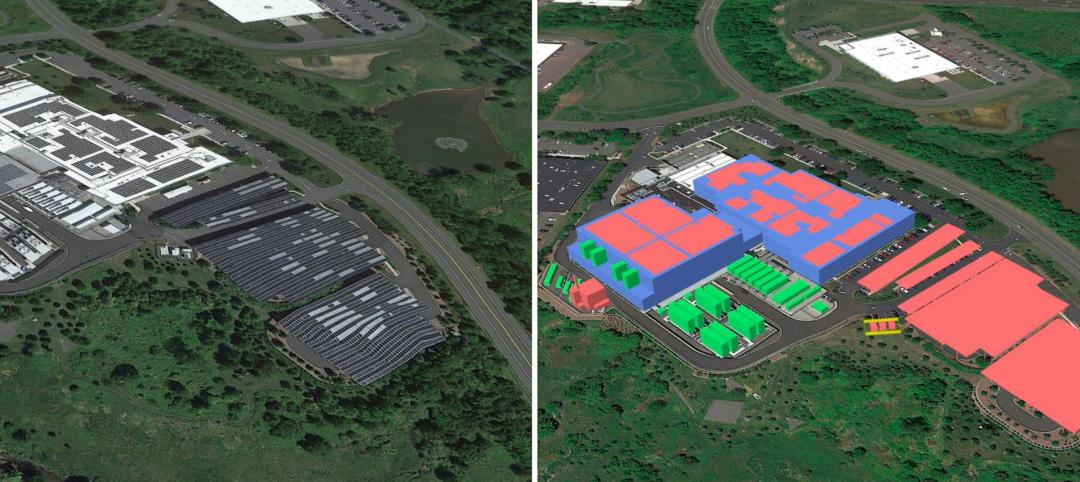Marking the beginning of a new era of transparency around energy use in buildings, New York City has publicly posted 2011 energy benchmarking results for 2,065 large commercial properties, which together cover more than 530 million square feet.
This is the first time that any U.S. city, state, or county has disclosed private-sector building energy data from a mandatory benchmarking policy.
The 2011 results are posted on the Greener, Greater Buildings Plan website, along with a letter giving a more detailed explanation of the output scores. The posting of benchmarking results will now be an annual occurrence for all large buildings in New York City. Results for large residential buildings will be posted for the first time in the fall of 2013, along with those for commercial and municipal buildings.
Energy use in buildings is responsible for roughly 75% of New York City’s emissions. The benchmarking, or measuring, and disclosure of energy use in buildings is the cornerstone of the city’s Greener, Greater Buildings Plan -- the most comprehensive policy in the nation addressing energy use in existing buildings -- and it is key to achieving the ambitious PlaNYC goal of reducing citywide carbon emissions 30 percent by 2030.
The benchmarking data can be used to assess where cost-effective building improvements can be made and to allow the market to find those opportunities. And since New York City’s benchmarking requirement is annual, the city and the market will be able to reward buildings that improve their performance year on year.
The benchmarking data also enabled the city to analyze for the first time how building energy use varies with building age, location, size, fuel mix, and an assortment of other factors.
Benchmarking data from 2010, released last month, showed that energy-use intensity varies dramatically among the same types of buildings, with the worst-performing buildings using three to five times the amount of energy per square foot as the best. Consequently, there is potential to save tremendous amounts of energy by improving the efficiency of the poor performers.
Under New York’s benchmarking ordinance, building owners annually enter energy and water use data and other pertinent information about their buildings, such as square footage and hours of operation, into the U.S. Environmental Protection Agency’s (EPA) free online benchmarking tool, ENERGY STAR Portfolio Manager.
From this information, Portfolio Manager calculates the benchmarking results, including the energy and water use per square foot, the carbon emissions, and for some types of buildings, a 1-to-100 ENERGY STAR rating comparing the building’s relative energy performance with other similar buildings, normalized for building occupancy factors. The city’s posting includes these outputs.
However, even if all the input data were correct, the benchmarking results still require interpretation. There are many reasons why a building might have a high energy intensity. Sometimes that could be due to inefficient operations or outmoded equipment, but it also could be due to a high occupant density or longer hours of operation. High energy intensity does not always mean energy waste. +
Related Stories
Resiliency | Aug 7, 2023
Creative ways cities are seeking to beat urban heat gain
As temperatures in many areas hit record highs this summer, cities around the world are turning to creative solutions to cope with the heat. Here are several creative ways cities are seeking to beat urban heat gain.
Government Buildings | Aug 7, 2023
Nearly $1 billion earmarked for energy efficiency upgrades to federal buildings
The U.S. General Services Administration (GSA) recently announced plans to use $975 million in Inflation Reduction Act funding for energy efficiency and clean energy upgrades to federal buildings across the country. The investment will impact about 40 million sf, or about 20% of GSA’s federal buildings portfolio.
Codes and Standards | Aug 7, 2023
Cambridge, Mass., requires net-zero emissions for some large buildings by 2035
The City of Cambridge, Mass., recently mandated that all non-residential buildings—including existing structures—larger than 100,000 sf meet a net-zero emissions requirement by 2035.
Modular Building | Jul 6, 2023
Lennar, Mastry Ventures make multi-million dollar investment in net-zero prefab homes
Mastry Ventures and LENx, the venture arm of homebuilder Lennar, have co-invested in Vessel Technologies’ next-generation housing product.
Apartments | Jun 27, 2023
Dallas high-rise multifamily tower is first in state to receive WELL Gold certification
HALL Arts Residences, 28-story luxury residential high-rise in the Dallas Arts District, recently became the first high-rise multifamily tower in Texas to receive WELL Gold Certification, a designation issued by the International WELL Building Institute. The HKS-designed condominium tower was designed with numerous wellness details.
Green | Jun 26, 2023
Federal government will spend $30 million on novel green building technologies
The U.S. General Services Administration (GSA), and the U.S. Department of Energy (DOE) will invest $30 million from the Inflation Reduction Act to increase the sustainability of federal buildings by testing novel technologies. The vehicle for that effort, the Green Proving Ground (GPG) program, will invest in American-made technologies to help increase federal electric vehicle supply equipment, protect air quality, reduce climate pollution, and enhance building performance.
Industrial Facilities | Jun 20, 2023
A new study presses for measuring embodied carbon in industrial buildings
The embodied carbon (EC) intensity in core and shell industrial buildings in the U.S. averages 23.0 kilograms per sf, according to a recent analysis of 26 whole building life-cycle assessments. That means a 300,000-sf warehouse would emit 6,890 megatons of carbon over its lifespan, or the equivalent of the carbon emitted by 1,530 gas-powered cars driven for one year. Those sobering estimates come from a new benchmark study, “Embodied Carbon U.S. Industrial Real Estate.”
Mechanical Systems | Jun 16, 2023
Cogeneration: An efficient, reliable, sustainable alternative to traditional power generation
Cogeneration is more efficient than traditional power generation, reduces carbon emissions, has high returns on the initial investment, improves reliability, and offers a platform for additional renewable resources and energy storage for a facility. But what is cogeneration? And is it suitable for all facilities?
Multifamily Housing | Jun 15, 2023
Alliance of Pittsburgh building owners slashes carbon emissions by 45%
The Pittsburgh 2030 District, an alliance of property owners in the Pittsburgh area, says that it has reduced carbon emissions by 44.8% below baseline. Begun in 2012 under the guidance of the Green Building Alliance (GBA), the Pittsburgh 2030 District encompasses more than 86 million sf of space within 556 buildings.
Resiliency | Jun 14, 2023
HUD offers $4.8 billion in funding for green and resilient building retrofit projects
The Department of Housing and Urban Development (HUD) recently released guidelines for its Green and Resilient Retrofit Program (GRRP) that has $4.8 billion for funding green projects.
















